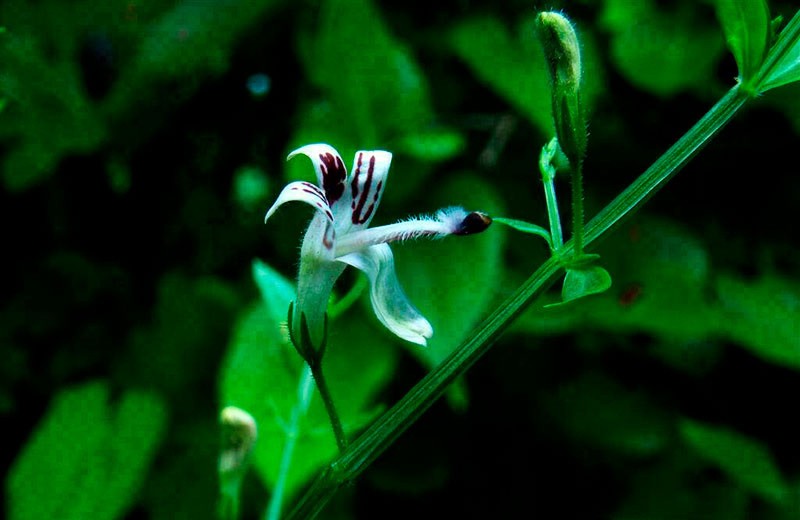The Healing Frontier: Seven Plants That Could Redefine Medicine Forever
Across human history, plants have shaped medicine. The earliest records show that the Sumerians inscribed tablets about 5,000 years ago listing more than 250 plants used in 12 drug recipes. Later, the ancient Egyptians described nearly 850 plant-based remedies in the Ebers Papyrus, dated around 1550 BCE, including willow bark as a remedy for everyday ailments—a direct predecessor to aspirin. Today, scientists trace the roots of many medicines to plant chemistry. Quinine from the cinchona bark fought malaria; morphine emerged from the opium poppy; metformin—the widely used diabetes drug—has origins linked to the French lilac. With nearly 400,000 plant species on Earth and about 31,000 with at least one documented use, the next major breakthrough could hide anywhere—from the Amazon to your own garden.
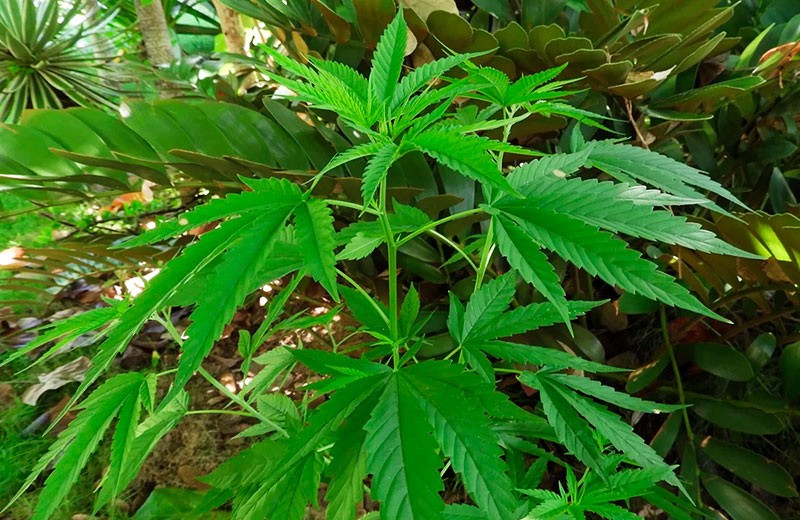
In This Article:
From Willow Bark to World-Changing Medicines: The Plant-to-Pharmacy Journey
Plants have been the source of medicine long before laboratories existed. The ancient world recorded extensive knowledge: the Sumerians’ clay tablets described dozens of plant-based remedies, and the Ebers Papyrus from Egypt cataloged hundreds more. Willow bark’s use for everyday ailments is an early hint at a tree’s bark giving rise to aspirin’s chemical legacy. As science advanced, isolating active compounds became standard practice. Quinine, morphine, and metformin all trace their origins to plant chemistry, demonstrating how nature’s catalog becomes humanity’s toolkit. And with hundreds of thousands of plant species and tens of thousands with traditional use, the door to the next breakthrough remains wide open.
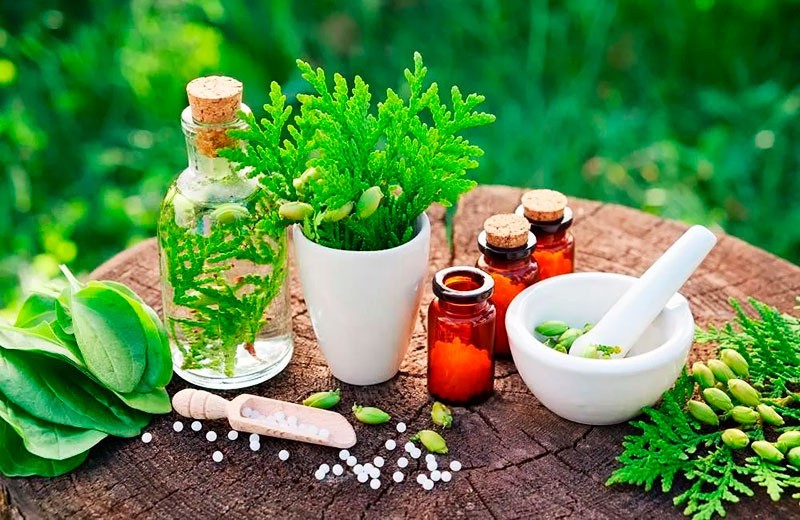
Madagascar Periwinkle: From Folk Remedy to Chemotherapy
The Madagascar periwinkle (Catharanthus roseus) has long been valued in traditional practice, with fishermen and sailors chewing its leaves to curb hunger and fatigue, and it was used in folk medicine for diabetes and infections. In the 1950s, researchers uncovered the plant’s powerful anti-cancer properties. From its extracts, two chemotherapy drugs—vinblastine and vincristine—are now standard treatments for leukemia and Hodgkin’s lymphoma. Ongoing research has identified new indole alkaloids, including katgarozemin and several others (14′,15′-didehydrocyclovinblastin, 17-deacetoxycylovinblastin, and 17-deacetoxivinamidin), which have shown the ability to halt the growth of human cancer cells in laboratory settings.
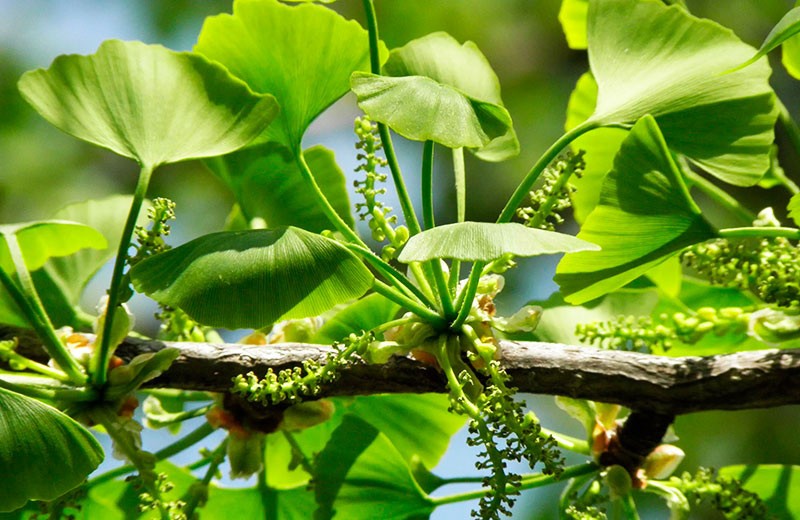
Croton lechleri: Dragon’s Blood and the Promise of Gut Healing
Croton lechleri, native to the Amazon, is a tall evergreen tree that oozes a dark red latex when its bark is cut. Indigenous peoples have used this latex for diarrhea, cholera, insect bites, viral infections, inflammation, and wounds. Modern studies have shown that Croton lechleri contains bioactive compounds such as taspin and proanthocyanidins, which contribute to antimicrobial, antioxidant, anti-inflammatory, and anti-tumor properties. Research indicates the resin may aid healing of gastric ulcers and diarrhea, while leaves, bark, and sap are of pharmaceutical interest for their broad antimicrobial and anti-inflammatory potential.
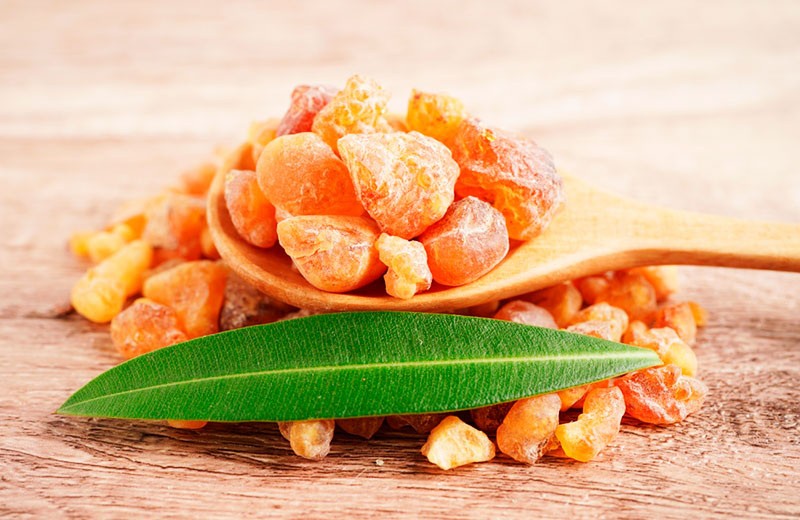
Ginkgo, Cannabis, Turmeric, Andrographis, Boswellia: The Future Is Here
Ginkgo biloba, a living fossil from China, has long been used for heart and lung ailments, depression, and sexual function. Modern research focuses on its cognitive benefits, improved blood flow, and anti-inflammatory effects, with compounds such as terpene lactones (ginkgolides) and flavonoids (ginkgetin, bilobetin, and other flavonoids) contributing to activity. Cannabis sativa provides cannabinoids (THC and CBD) that modulate pain, inflammation, and mood. Recent work highlights terpenes that, in combination with cannabinoids, can produce analgesia for chronic neuropathic pain comparable to morphine, while offering greater relief with fewer side effects when used together. Turmeric (Curcuma longa) is prized for antioxidant, antimicrobial, and neuroprotective properties thanks to curcumin. Some studies suggest turmeric compounds may be as effective as omeprazole for reducing stomach acidity, and photodynamic therapy with curcumin has shown promise against parasitic infections like Leishmania. Andrographis paniculata, a bitter annual from South Asia, has a storied role in Ayurveda for fever, rheumatic conditions, and inflammatory bowel disease. Its primary compound, andrographolide, is being explored for broader anti-cancer therapy, including use with chemotherapy to overcome resistance. Boswellia serrata, the resinous frankincense tree, is a cornerstone of Ayurveda due to anti-inflammatory, analgesic, and immune-modulating properties. Its extracts help with asthma, irritable bowel syndrome, rheumatoid arthritis, and eczema, and emerging research suggests Boswellia could improve cognitive symptoms and memory in mild-to-moderate Alzheimer’s disease.
